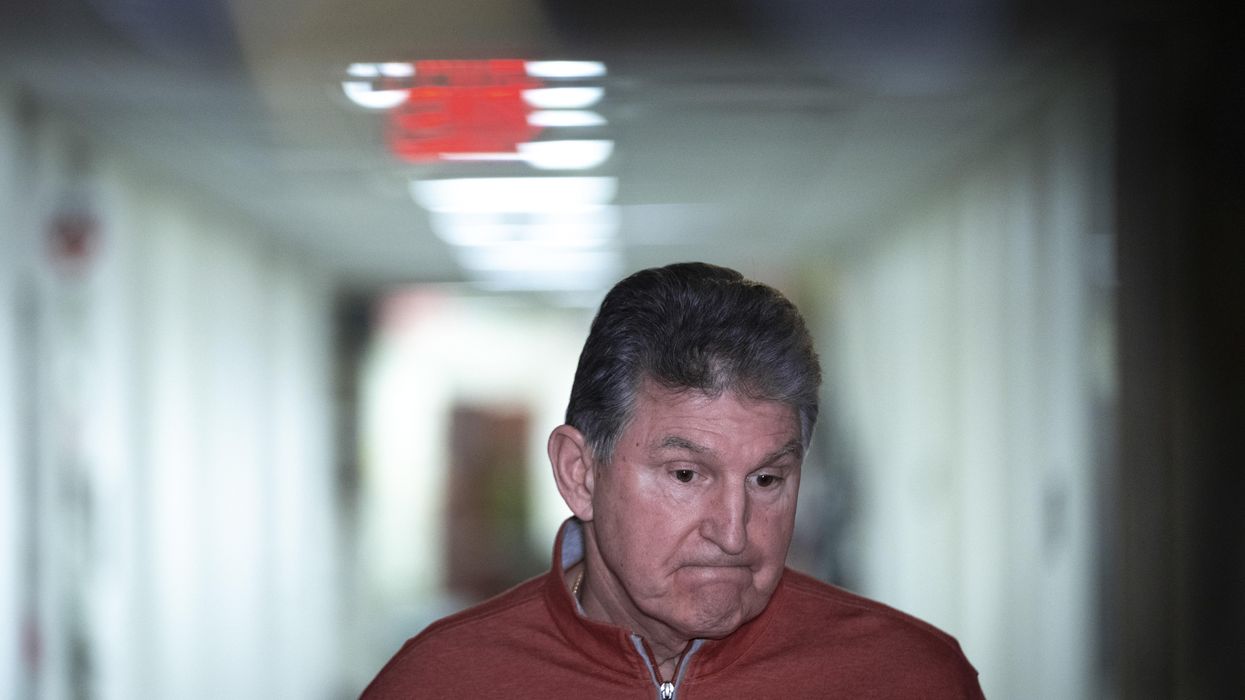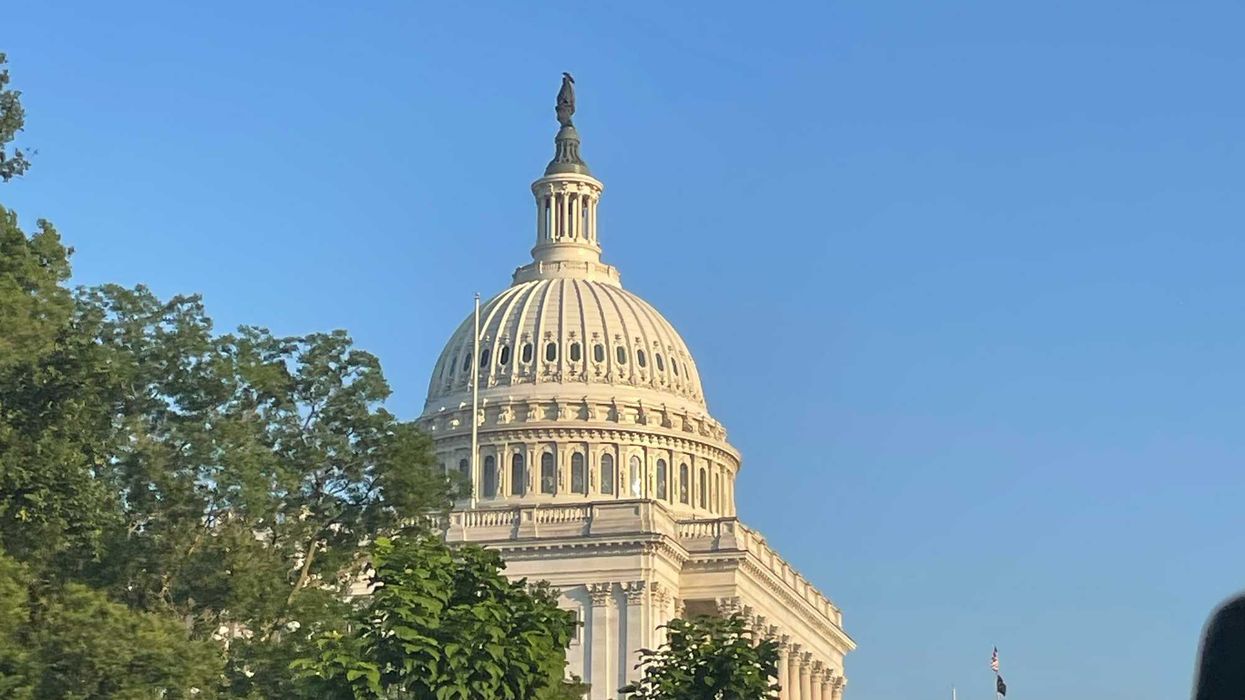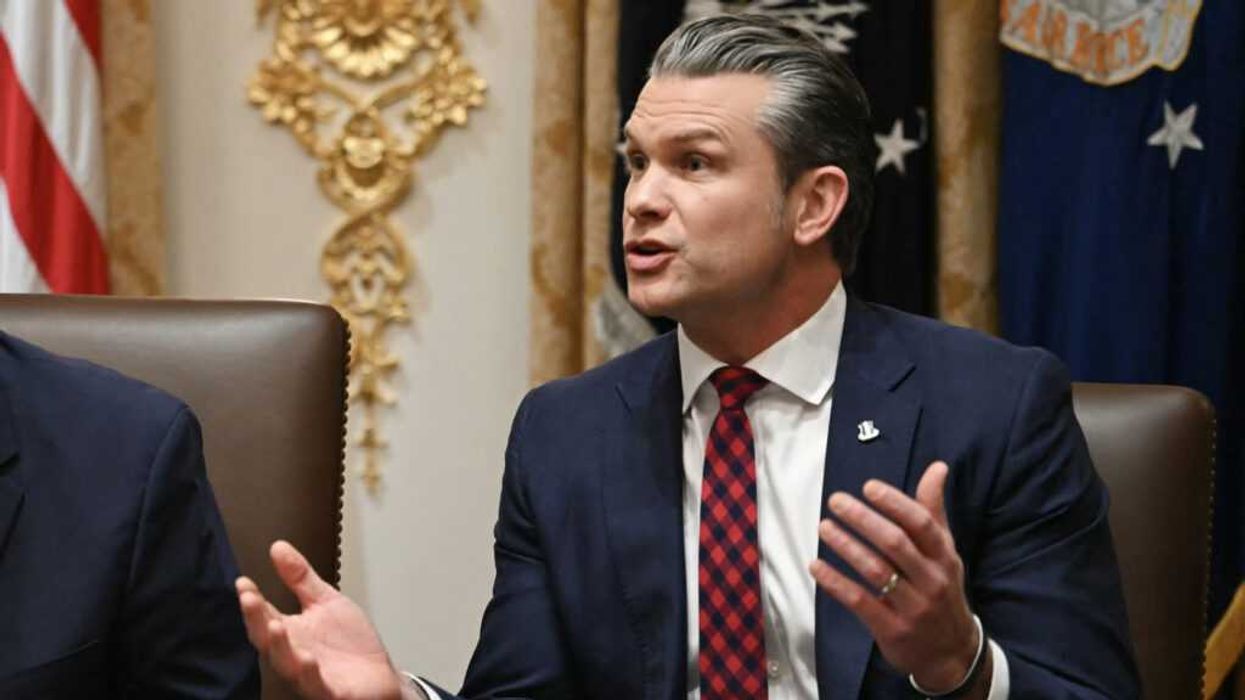The very first article written by The Fulcrum referred to Democrats’ sweeping election reform measure as a “political messaging” bill that would never get passed as long as Republicans controlled the Senate. That chapter of democracy reform seems destined to end Wednesday night, as predicted three years ago.
What started as the For the People Act, and given a place of legislative prominence as “HR 1,” morphed into the Freedom to Vote Act before being merged with yet another bill. Tonight, Senate Democrats will attempt, and fail, to push the Freedom to Vote: John R. Lewis Act through an evenly divided chamber.
While Democrats could achieve a simple majority for the bill (thanks to Vice President Harris’ role as Senate tiebreaker), they have no path to overcoming a Republican filibuster. And two of their own members have repeatedly said they will not go along with proposals to change or eliminate the minority party’s ability to block legislation.
On Dec. 18, 2018, The Fulcrum’s founding editor-in-chief, David Hawkings, wrote:
“The legislation's sweeping objectives – limit the influence of money on politics, ease access to the ballot box and intensify government ethics – reflect the aspirational themes of many advocacy groups assembled under the banner of ‘political reform.’
“Having gained 40 seats to reclaim the House majority in January, the Democrats will have more than enough muscle to push their bill halfway through the Capitol. But then it's set to come to a full and lasting stop on the doorstep of the still-Republican Senate, one of many measures that seem destined to show brief signs of life before dying in the newly divided Congress.”
He was writing about the For the People Act, which, as expected, died in the Senate after passing the House. This year, Democratic Sen. Joe Manchin of West Virginia led an effort to revise the bill in order to attract enough Republican support to overcome a filibuster. But the revised bill, known as the Freedom to Vote Act, never picked up GOP support.
Its latest version, which includes another bill designed to restore the Justice Department’s power to oversee election changes in states with a history of racial discrimination, moved through the House in advance of Martin Luther King Jr. Day and will be brought to the Senate floor for debate Wednesday evening.
It will fail.
Democratic leaders will then try to change the filibuster rules. But with Manchin and fellow Democrat Krysten Sinema of Arizona both reaffirming their opposition to a rules change, that effort will fail as well.
And yet, advocates have not given up hope.
“We're still doing all we can to get this bill over the finish line, so while the path may be narrower than ever, we're not there yet,” said Ross Sherman, a spokesman for the reform group RepresentUs. “We've seen countless media headlines throughout last year claiming these bills were dead/doomed/you name it, but our movement never gave up and we've gotten it all the way to this point despite the cynicism.”
Nick Penniman, CEO of Issue One, has begun to look ahead to next steps.
"Today begins the next chapter in the fight to protect our elections. There is a bipartisan path forward if Democrats and Republicans can put politics aside and come together around the need to strengthen our elections,” he said. "It is critical that leaders from both sides now work together to produce a bill that is capable of passage. This must include provisions that strengthen our elections, protect election workers, and ensure that every American's vote is fairly counted. Many of the legislative proposals in Congress are rooted in strong bipartisanship, and are supported by an overwhelming majority of voters across the political spectrum.”
From the beginning, Democrats pursued a “go it alone” legislative strategy, opting not to negotiate with Republicans on what was included in the legislation. And Manchin’s changes were too little, too late. Perhaps it would not have mattered. It’s possible, and maybe even likely, that the top Republican in the Senate, Mitch McConnell of Kentucky, would never have gone along even if moderates in his party supported some version of reform.
One option that has been shelved, at least for now, is breaking up the bill into its component parts and trying to pass them individually. Recent polling has found the public supports major pieces of the legislation.
Of course, no one ever wants to admit defeat before it happens, so a piecemeal approach has not been proposed so far. However, historian Heather Cox Richardson reports in her newsletter that Democratic Sen. Cory Booker of New Jersey said his party will do just that.
RepresentUs, among others, will therefore focus on activity at the state level.
“I can tell you that we're still fighting gerrymandering in key states, including Wisconsin, Pennsylvania, Florida and North Carolina,” said Ross. “We'll also be playing democracy reform offense with our Campaign Accelerator program, working with key state and local partners to pass laws that strengthen democracy, including ranked choice voting and open primaries.”
There is movement in Congress on a different election reform front, as lawmakers on both sides indicate a desire to firm up the rules around the certification of Electoral College votes.
But with midterm elections approaching and partisan battle lines cemented into cries of “voter suppression” on the left and “election security” on the right, reform advocates need to figure out a new path forward.
"There’s still time on the clock, but we need to pick up the ball and start moving down the field quickly in a bipartisan fashion. That work begins anew tomorrow," Penniman said.




















